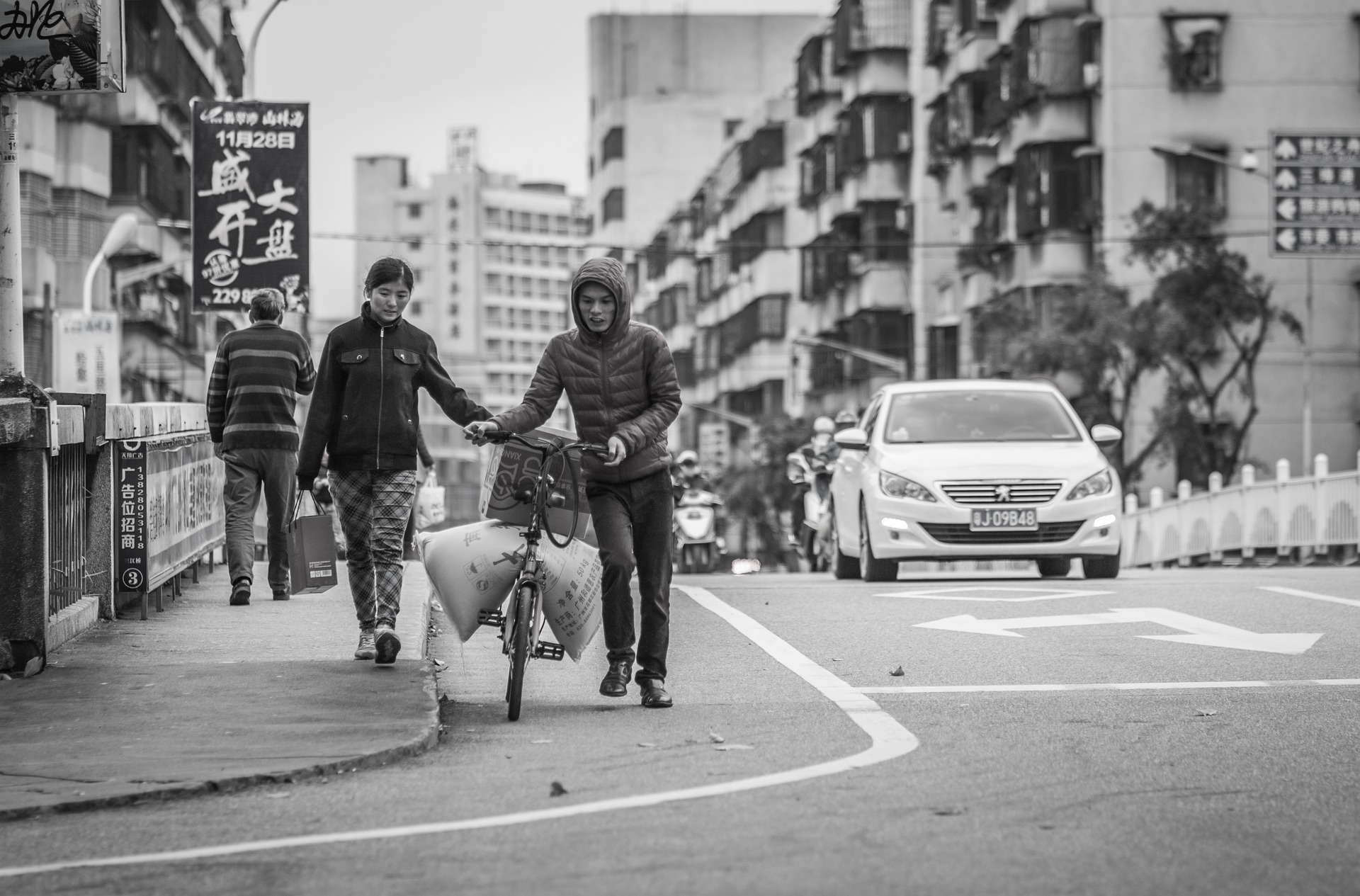The Single Strategy To Use For Street Photographers
The Single Strategy To Use For Street Photographers
Blog Article
A Biased View of Street Photographers
Table of ContentsStreet Photographers Fundamentals ExplainedStreet Photographers Can Be Fun For Everyone6 Simple Techniques For Street PhotographersNot known Facts About Street PhotographersThe smart Trick of Street Photographers That Nobody is Discussing
Road photographers do not necessarily have a social purpose in mind, yet they favor to separate and catch moments which might otherwise go unnoticed.Though he was affected by much of those who influenced the road professional photographers of the 1950s and '60s, he was not mainly interested in catching the spirit of the road. The impulse to aesthetically document people in public started with 19th-century painters such as Edgar Degas, douard Manet, and Henri de Toulouse-Lautrec, who functioned side by side with digital photographers trying to record the significance of urban life.
While the digital photographers' topic was essentially the very same, the results were significantly various, demonstrating the influence of the photographer's intent on the character of the images he created.
The Only Guide to Street Photographers
Given the great top quality of his pictures and the breadth of product, designers and artists commonly purchased Atget's prints to utilize as reference for their own job, though industrial rate of interests were barely his major inspiration. Instead, he was driven to photograph every last remnant of the Paris he liked. The mingled enthusiasm and seriousness of his goal sparkle through, causing photographs that tell his very own experience of the city, high qualities that anticipated road photography of the 20th century.

Unlike his peers, Brassa utilized a larger-format Voigtlnder electronic camera with a longer direct exposure time, forcing him to be much more calculated and thoughtful in his practice than he might have been if using a Leica. (It is thought that he might not have actually been able to pay for a Leica during that time, yet he did, nevertheless, use one in the late 1950s to take colour photographs.) Brassa's photographs of the Paris abyss brightened by artificial light were a discovery, and the compilation of the series that he published, (1933 ), was a significant success.

The 15-Second Trick For Street Photographers
It is due to this essential understanding of the art of photo taking that he is often credited with rediscovering the medium all over again about a century since other its invention. He took photographs for greater than a half century and affected generations of photographers to trust their eye and intuition in the minute.
These are the concerns I shall attempt to address: And afterwards I'll leave you with my own interpretation of road photography. Yes, we do. Let's kick off with specifying what a definition is: According to it is: "The act of defining, or of making something precise, distinctive, or clear".
No, definitely not. The term is both restricting and deceiving. Seems like a road photography must be photos of a streets appropriate?! And all street digital photographers, except for a little number of absolute newbies, will completely value that a road is not the key component to street digital photography, and in fact if it's a photo of a road with maybe a few uninteresting individuals not doing anything of interest, that's not street photography that's a snapshot of a road.
Getting My Street Photographers To Work
He makes a valid factor do not you believe? While I concur with click this link him I'm not certain "honest public digital photography" will certainly capture on (although I do kind of like the term "candid digital photography") due to the fact that "road digital photography" has been try this out around for a lengthy time, with many masters' names attached to it, so I think the term is right here to remain. Street Photographers.
You can fire at the coastline, at a celebration, in an alley, in a park, in a piazza, in a cafe, at a museum or art gallery, in a metro station, at an occasion, on a bridge, under a bridge ...
Not known Facts About Street Photographers
Yes, I'm afraid we have no choice! Without regulations we can not have an interpretation, and without a meaning we don't have a style, and without a genre we do not have anything to specify what we do, and so we are stuck in a "guidelines interpretation style" loop! - Street Photographers

Report this page